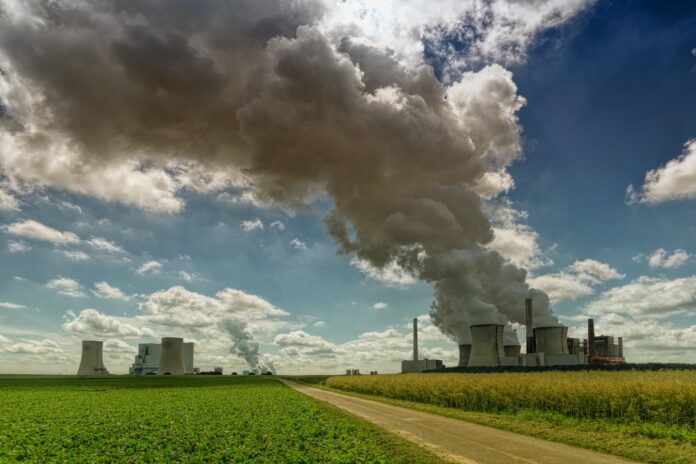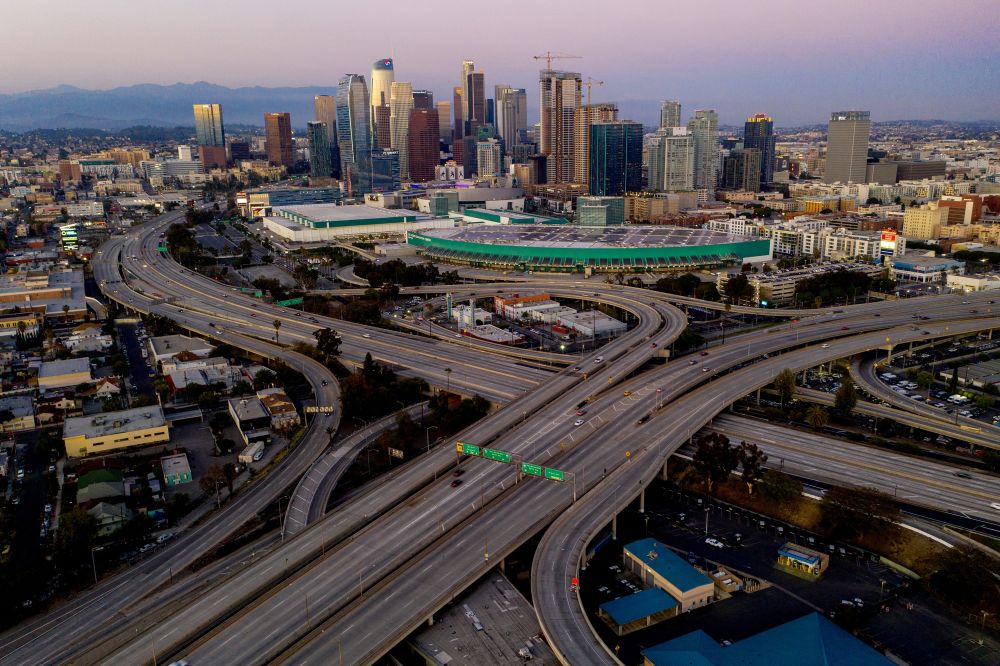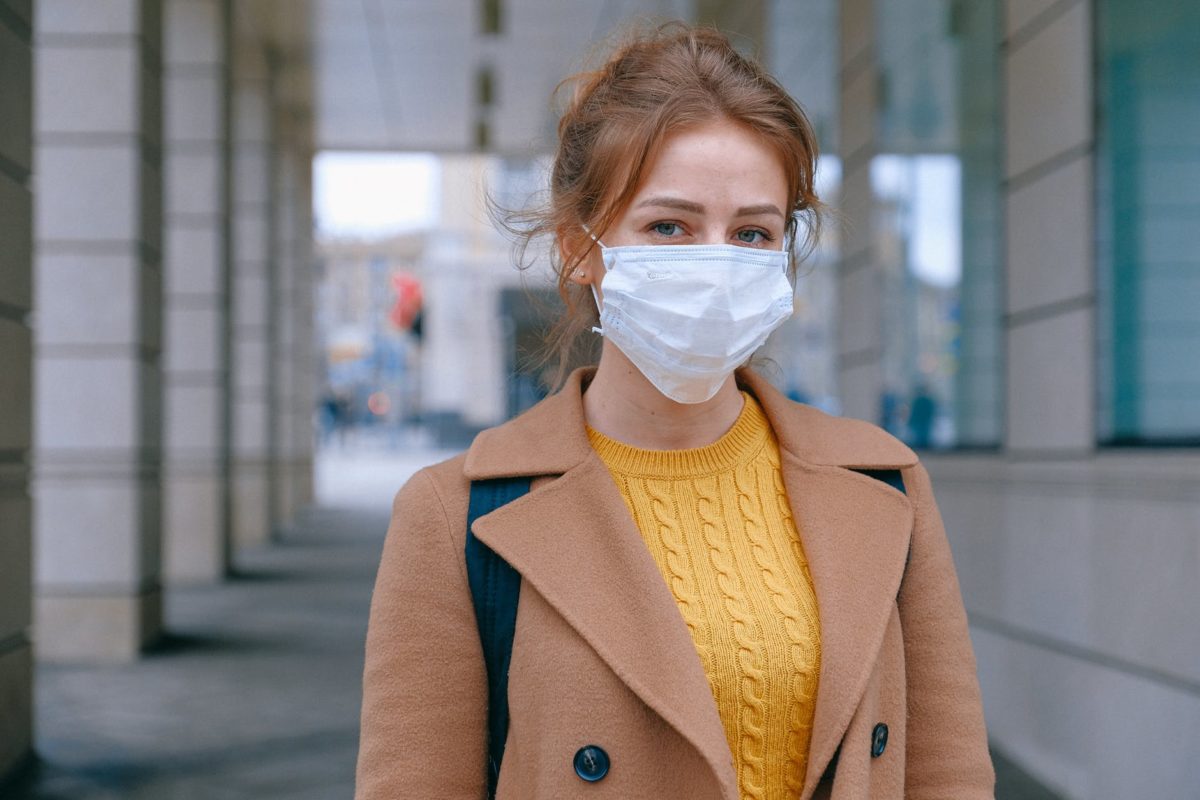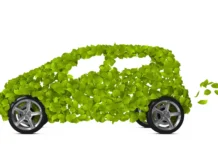
Some of the measures put in place to assist in minimizing the spread of the coronavirus included asking people to stay indoors. Since the virus became widespread, billions of people around the world have had nowhere to go. China was among the first countries to institute a lockdown that saw close to half a billion people being asked to remain at home.
In case you didn’t know, this is close to seven percent of the global population. Since then, other countries have followed suit, with similar measures first being put into effect in hard-hit Spain and Italy. India and the United States followed shortly after that. While the primary goal of the lockdown was to stop the spread of COVID-19, the world has also seen other benefits.
According to Dealchecker, which has been involved in efforts to track the effects of the lockdown on global cities, the world has become less polluted. Cities around the world have started to experience cleaner air, clearer skies, and less pollution, something many initially considered inconceivable.
The following is a look at how some cities around the world have benefitted from the lockdown:
-
Reduced Pollution Across Spain

From March 14th to March 25th, Spain recorded reduced levels of air pollution. The European Space Agency distributed satellite imagery, which showed that the air above Spain was recording reduced percentages of nitrogen dioxide. It’s among the most harmful pollutants known to man, and which is responsible for global warming, and other health issues.
-
Improved Air Quality in Manila
Manila, the capital city of the Philippines, noted a drop of close to 180% of fine particulate matter ever since a nationwide lockdown went into effect on March 16th. According to the Environmental Pollution Studies Laboratory of the Institute of Environmental Science & Meteorology, fine particulate matter is among the deadliest pollutants in the world.
-
Empty Highways in LA

Los Angeles has some of the busiest highways in the USA and the world at large. However, traffic declined immediately; the virus restrictions went into effect on March 20th at midnight. The result was clear roads, clearer skies, and an obstructed view of the Los Angeles skyline.
-
Less Smog in Jakarta
Typically, Jakarta is covered with smog all year round, which makes it harder for one to see buildings from afar. But the pandemic has changed all this, with the Indonesian capital becoming smog-free for the first time in years. Less smog means that the air is cleaner, a fact that makes it easy to see a more unobstructed view of the city from a distance.
-
Clear Blue Skies in Downtown Los Angeles

By April 17th, the smog had cleared up on the skies atop downtown Los Angeles, thanks in part to the restrictions put in place to curb the spread of the virus. Normally, this is one skyline that is entirely concealed by air pollution. The situation, however, started to change when the nitrogen levels present in the sky dropping dramatically since the lockdown began.
-
India Gate War Memorial
India hasn’t been left behind, as its cities have also benefitted from the lockdown measures. A year ago, the India Gate War Memorial located in India, couldn’t easily be seen due to pollution. The same can’t be said now, as the memorial is clearly visible, thanks to reduced human and industrial activities in India.
-
Langtang Range Becomes Visible from Kathmandu

Nepal, another major global city, is also benefitting from reduced human activities. Just six days after a nationwide coronavirus lockdown was put into place, the Langtang range could be seen from Kathmandu. There’s something to be said of this, as Kathmandu Valley has continuously been ranked as among the highly polluted parts of the world.
-
Clear Skies in Paris
On April 22nd, the Eiffel Tower could be seen towering over Paris from Saint-Cloud, the Parisian suburb.
Reduced Pollution During the COVID-19 Lockdown
As seen from some of the stats mentioned above, air pollution has drastically dropped across different countries in the world. Since the lockdown measures were introduced, humans have had to stay indoors, and this has helped the environment to experience some temporary changes.
Top among these changes have included noticing clear skies and encountering or seeing images of wild animals roaming the streets in various parts of the globe. While the lockdown may have helped to lower the nitrogen levels in the sky, scientists are calling for caution, as most of these benefits are only short-term.
Despite noticing clearer skylines and natural beauty like mountains covered with snow, it’s expected that the changes may get reversed when the restrictions are lifted across the world.
The Need to Pursue Green Deals
Even though suddenly banning all motor vehicles from public roads and closing the factories isn’t a sustainable solution, researchers believe it’s possible to sustain better air conditions. According to the IQAir researchers, the world can get started on this path by:
- Choosing cleaner transportation modes, e.g., cycling and walking. Train travel also makes sense for use by city dwellers and those traveling over long distances. While it may take longer to arrive at your destination, train travel is considered an ideal option as it doesn’t produce as many emissions as a plane.
- Limiting consumer purchases to typical essential goods
- Making the shift towards sustainable energy sources for use in generating power
- Supporting greener deals in all government stimulus packages
- Offset your carbon footprint. Many companies today provide travelers with a chance to pay to help offset the carbon emissions that occurred during their journey.
As the world slowly regains normalcy and recovers from the effects of the pandemic, it will be essential to try to sustain the environmental gains made so far.
By preserving a cleaner environment, the population will get to protect itself from air pollution, which is an invisible killer. The same urgency being employed to tackle the coronavirus should be applied to help tackle air pollution.

















